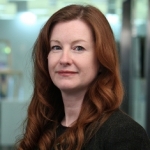
Helen Goulden

Caroline Mason
Introducing the UK’s Arts Impact Fund
Posted by Apr 30, 2015

Helen Goulden

Caroline Mason
The following two blogs by Helen Goulden and Caroline Mason were originally published on the Arts Impact Fund blog, and are great posts for this week's Blog Salon on Corporate Social Responsibility.
Advancing the Art of Finance Helen Goulden, Executive Director, Innovation Lab, Nesta
The Arts Impact Fund is a new £7million fund that brings together public, private, and charitable investment to support arts organizations in England and the first of its kind to focus on their social, artistic, and financial return. The fund was created and funded by Bank of America Merrill Lynch, Esmée Fairbairn Foundation and Nesta, supported by Arts Council England and with additional funding from Calouste Gulbenkian Foundation. It was convened with the help of the Cabinet Office, to demonstrate the significant social value created by arts organizations and support their work through loan finance.
Read More
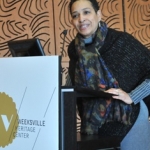


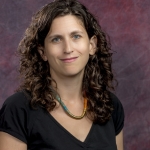







 Kate McClanahan
Kate McClanahan

 Tim Bresnahan
Tim Bresnahan
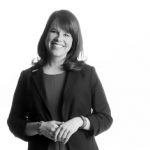
 Lydia Zacharias
Lydia Zacharias

 Ali Fernandez
Ali Fernandez

 Katie Kurcz
Katie Kurcz

 Robin Hanson
Robin Hanson

 Kyle Dlabay
Kyle Dlabay

 Elissa Francis
Elissa Francis

 Emma Leggat
Emma Leggat



 Terry Liu
Terry Liu

 Sarah Bainter Cunningham
Sarah Bainter Cunningham

 Laura Perille
Laura Perille
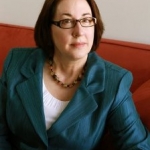
 Mari Barrera
Mari Barrera

 Jon Hinojosa
Jon Hinojosa








